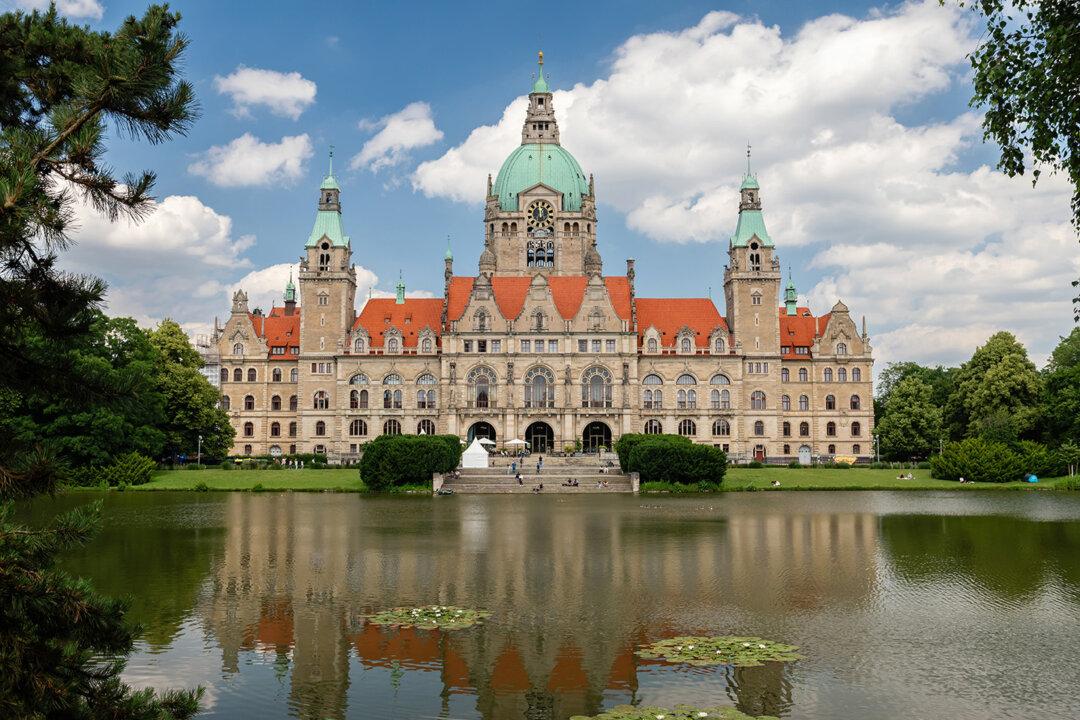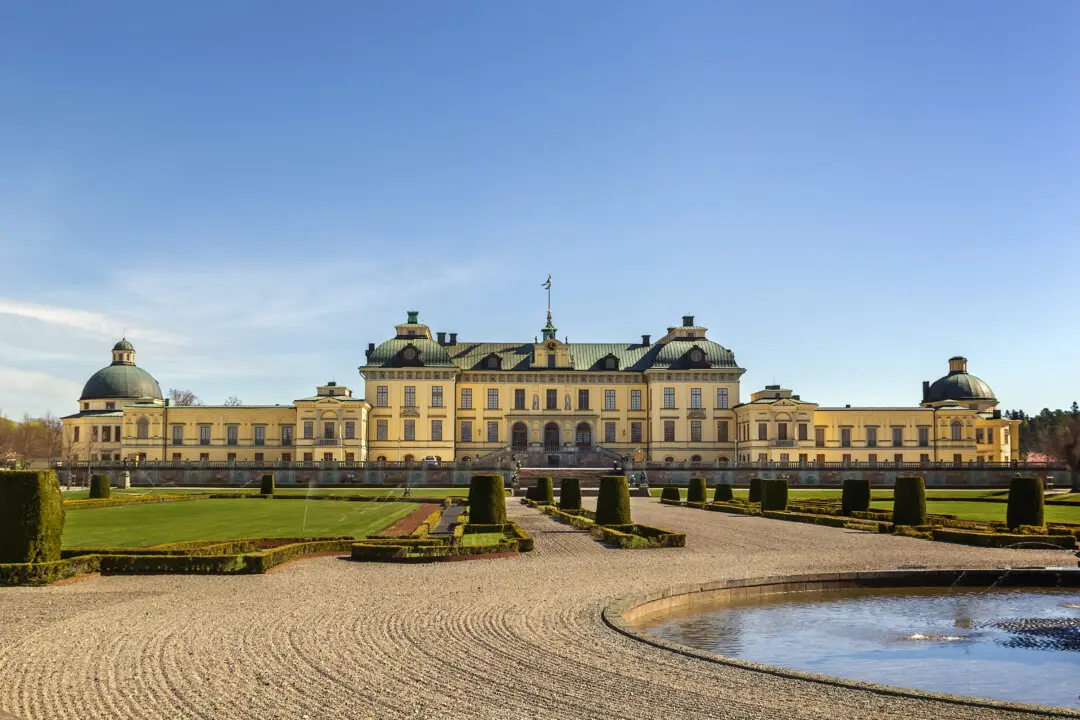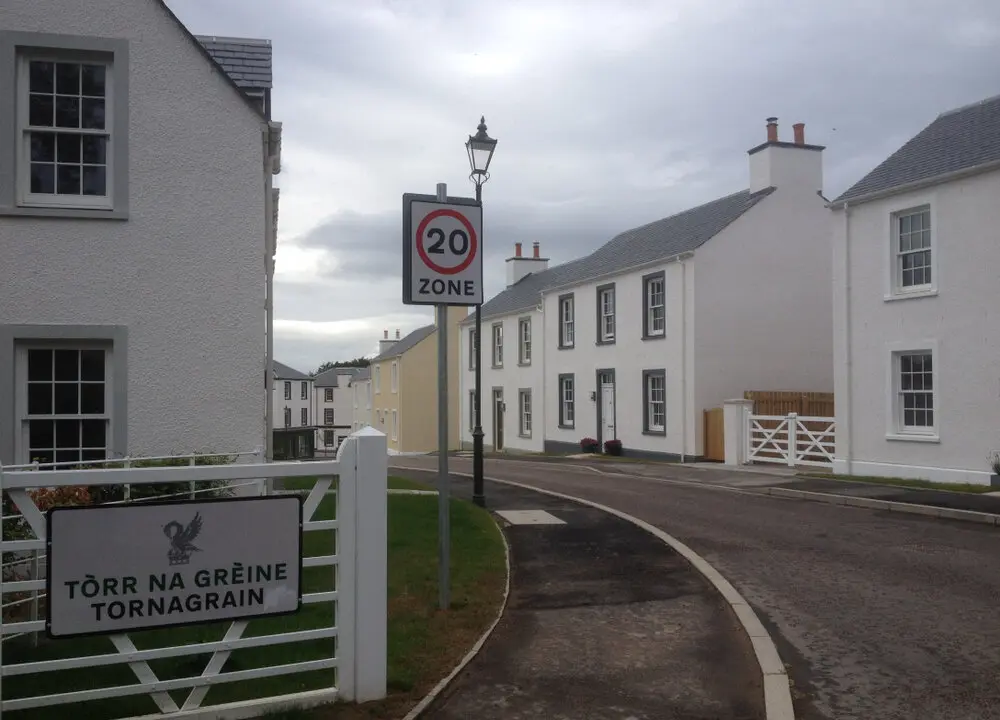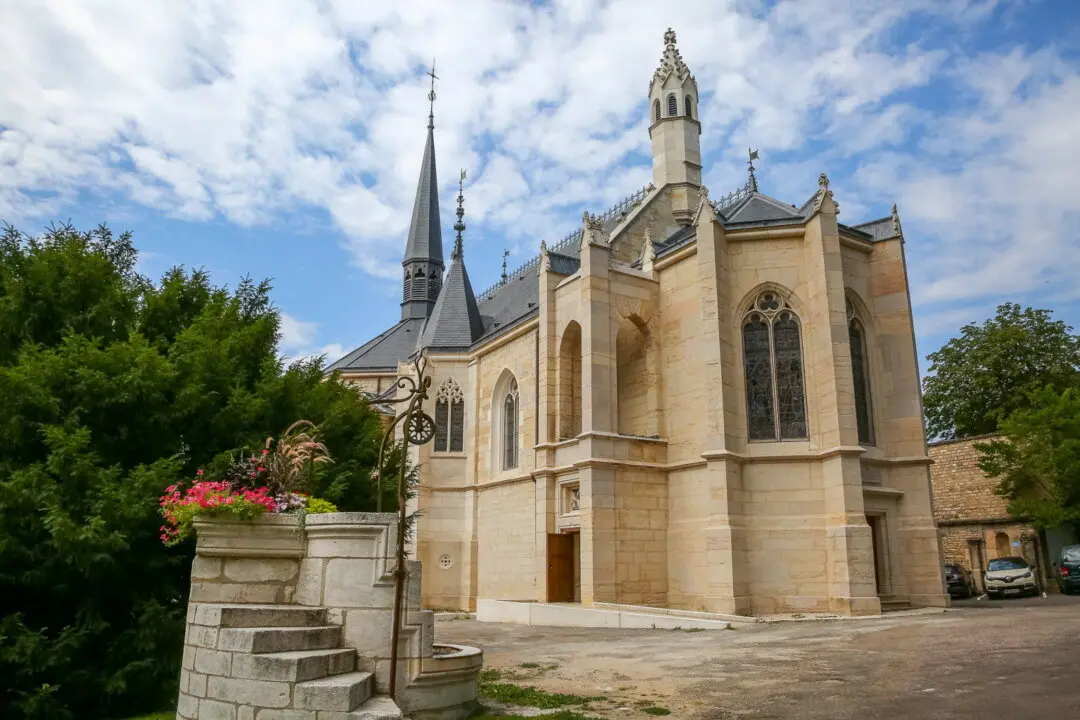Located at the southern edge of Hannover, Germany, the imposing castle-like New Town Hall (Neues Rathaus) was built following the city’s 19th-century economic boom. With the formation of the Hannover–Brunswick Railway (one of Germany’s oldest lines) in 1843, the city’s population grew, along with its administration. It soon needed a larger municipal building—a new town hall.
The nearly 100,000-square foot building exemplified the architectural eclecticism of the Wilhelmina era (1888–1918), or Kaiser Wilhelm II’s reign as Germany’s last emperor. Built between 1901 and 1913, the New Town Hall was initially designed by German architect Hermann Eggert (1844–1920) in the neo-Renaissance style. This eclectic style features Italian and French Renaissance influences as well as baroque elements. Later, Gustav Halmhuber (1862–1936) added the era’s emerging art nouveau influences to the building’s design—most notably in the Entrance Hall.





